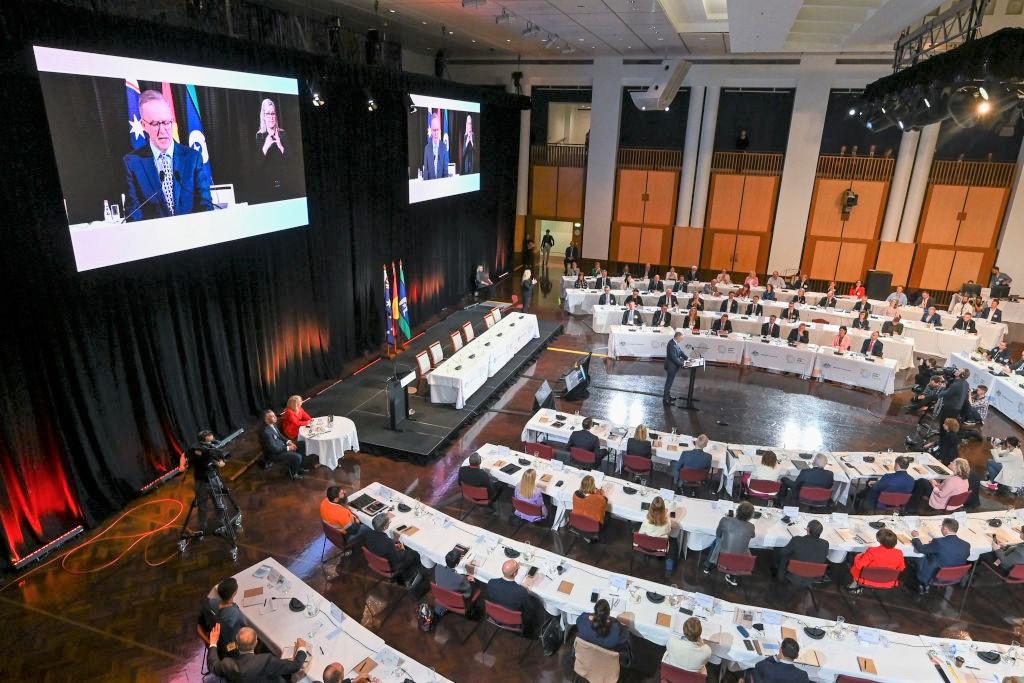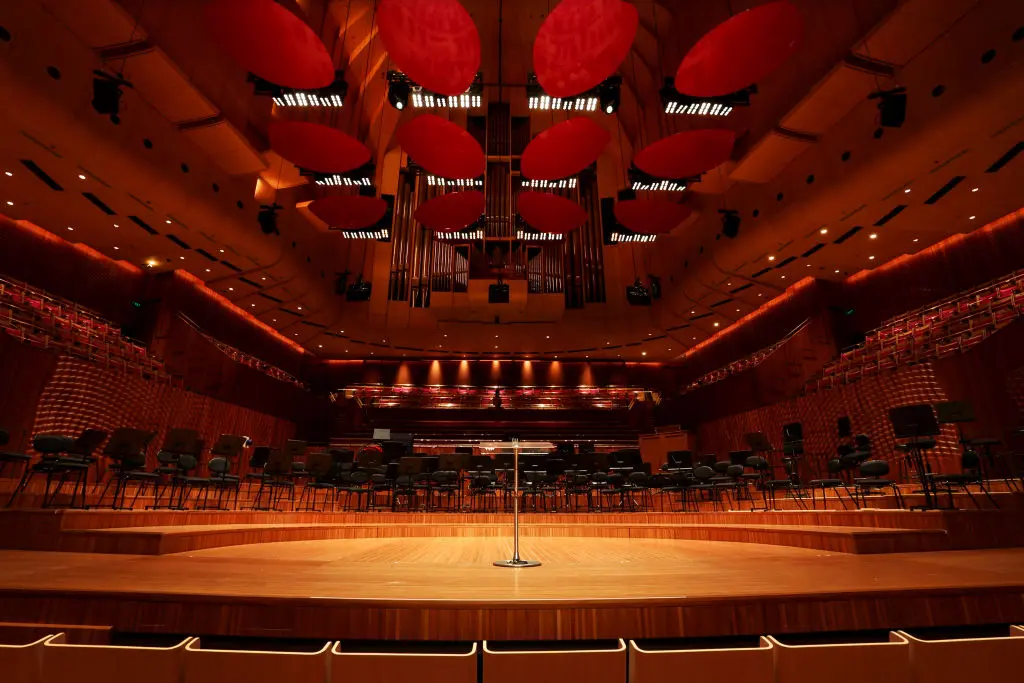While the recently concluded Jobs and Skills Summit saw the prime minister announce an increase in Australia’s migration intake and nearly half a million free TAFE training positions, it failed to offer a true long-term productivity solution, according to one economist.
“The first, second, and third priority of the Summit was productivity, productivity, and productivity—and there wasn’t a lot of that being discussed,” said John Humphreys, chief economist of the Australian Taxpayers Alliance.





